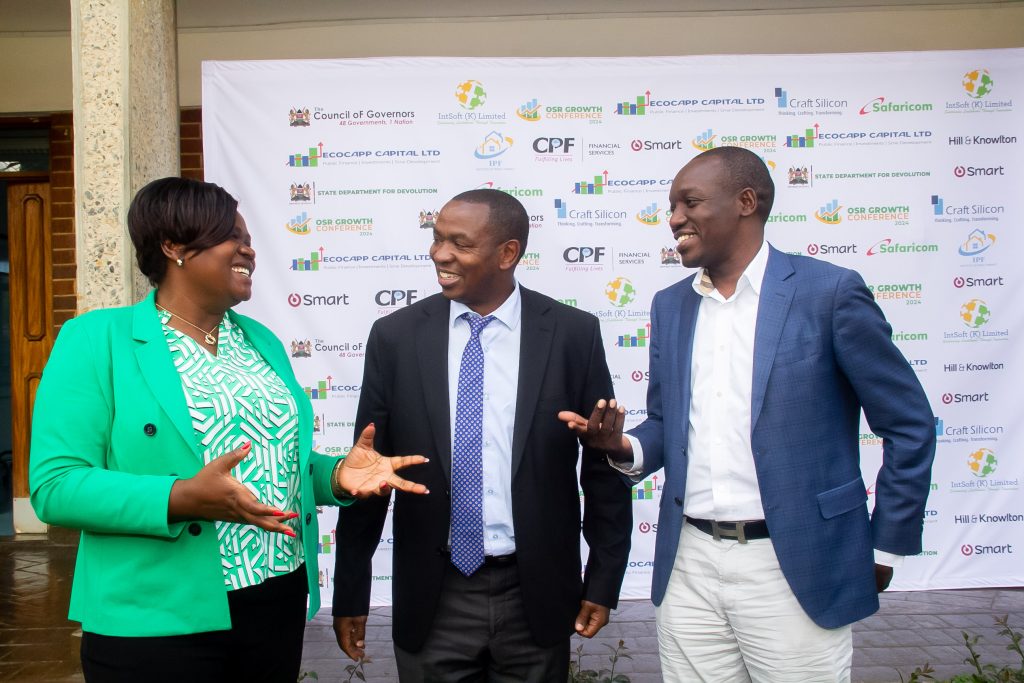
Counties to embrace the Use of Technology for Seamless Service Delivery Revenue Growth;
Background Information:
- After the 2018 study, the National Government prepared the National Policy to Support Enhancement of County Government’s Own Source Revenue. The overarching goal of the Policy is to achieve a standardized policy, legal and institutional framework for local revenue-raising measures and enforcement that applies to all counties.
- By way of best practice, the Commission for Revenue Allocation recommends that counties form independent tax units – typically a county revenue board.
Many have.Further, all counties have attempted to automate revenue collection. Almost all counties are on their third or fourth attempt at automation.With a few exceptions, automation has not yielded the desired results.In part, because it has been done poorly.
- In response, the Jubilee Administration proposed to procure one revenue system that all counties could use. A technical working committee of county executives and senior staffers from the National Treasury, led by the director of IFMIS, seemed to settle on the system then in use in Kwale.But the matter stalled.
It later emerged that intellectual property (IP) issues of the Kwale system were unresolved. The Kenya Kwanza administration has recently revived this idea. They too, want to buy a system to help counties along. In both instances, the Council of Governors would have not of it, alleging micro-management.
- Automation has been poorly done because IT projects are notoriously difficult for most bureaucracies to implement. Here is an example.
The Integrated Financial Management System (IFMIS), was once taunted as the holy grail for public finances. It was adopted by many African countries, particularly the poorer lot.
- One way to reflect on what works is to observe those counties which have made rapid progress – Laikipia, Homa Bay, Kisumu and recently, Nyamira. One commonality is that these counties have focused on tracking service delivery as the key driver of revenue collection.
Governors reveal how technology has helped improve service delivery and grow own source revenue.
The inaugural OSR Growth brought together county leaders, revenue experts and technology companies.
Technology has been cited as one of the solutions counties can use to improve service delivery and grow their Own Source Revenue (OSR).
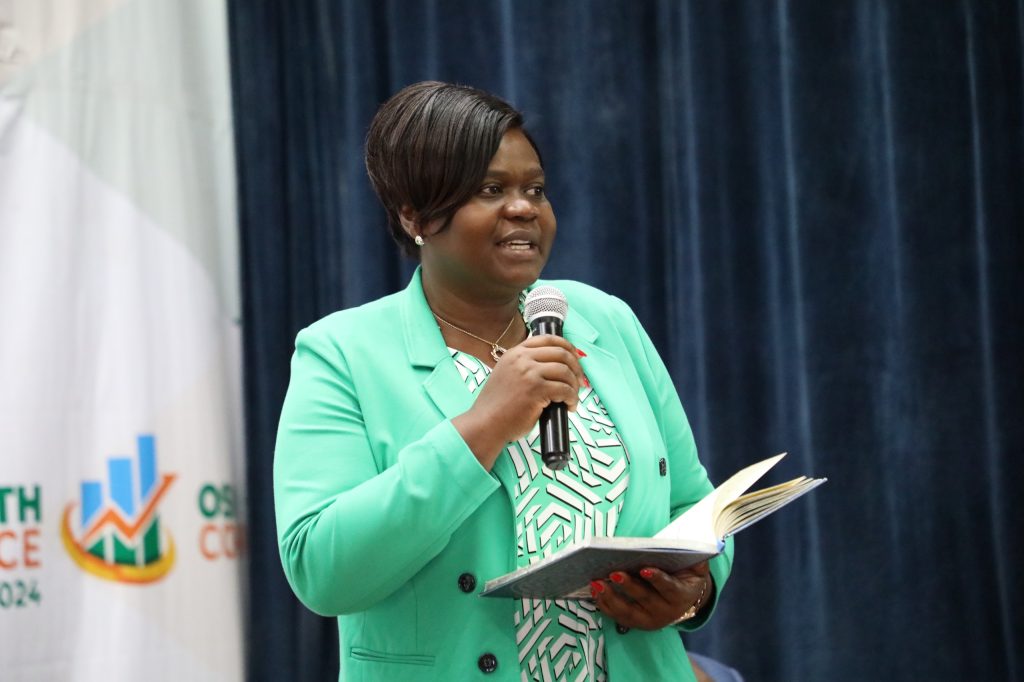
On the day that the Finance Bill 2024 was being debated in Parliament, Governors, county leaders and managers were meeting to discuss innovative service delivery strategies to boost OSR collections at the inaugural OSR Growth Conference held at the Kenya School of Monetary Studies in Nairobi.
“In the first six months of this fiscal year, counties collected just under KSh 20 billion, the highest amount since devolution.
But even with this improved performance, the annual collection will still be less than 30 per cent of the assessed potential, a disappointing outcome,” said Ndiritu Muriithi, former Laikipia Governor and Partner Ecocapp Capital Ltd.
With the growing demands on county governments, relying solely on an equitable share of nationally raised revenue is no longer a sustainable model. During the conference county bosses will discuss the challenges hindering optimal service delivery and case studies of counties that have succeeded in growing their OSR
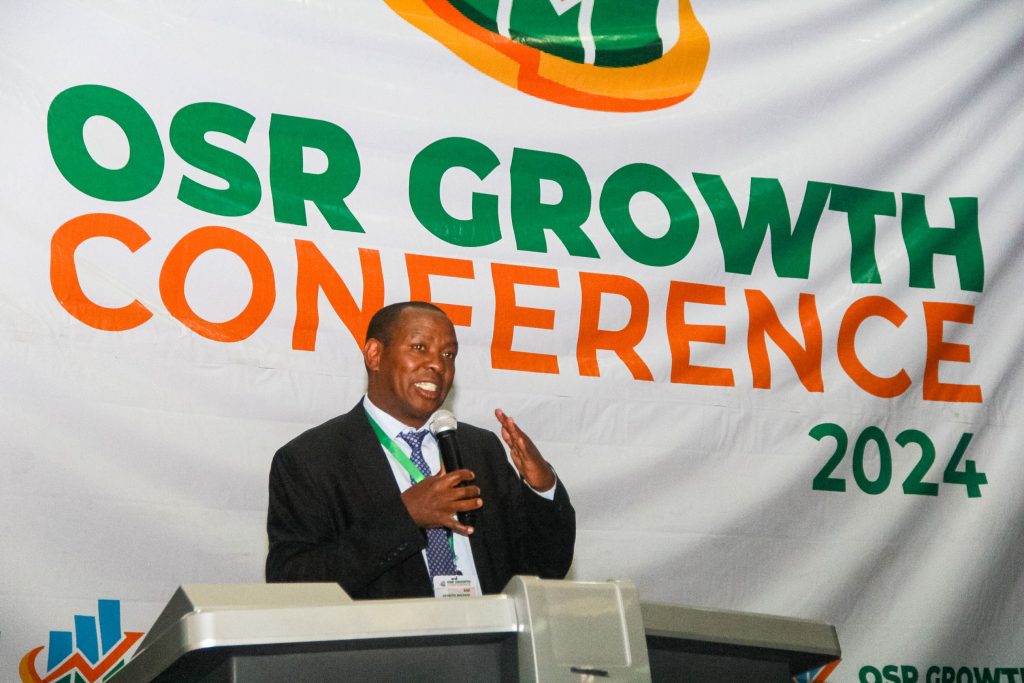
Gladys Wanga, Governor of Homa Bay County and Dr. Wilber Otichilo, Governor of Vihiga county presented case studies of how their counties have used technology. “Through our Revenue Collection App, we have been able to eliminate loopholes and streamline our collection processes, putting us on a trajectory not only to meet but exceed our revenue targets,” Wanga stated.
“To boost quality health provision, herbalists have been mapped to determine the types of patients and diseases they treat,” said Governor Otichilo when explaining how the county uses data to make decisions.
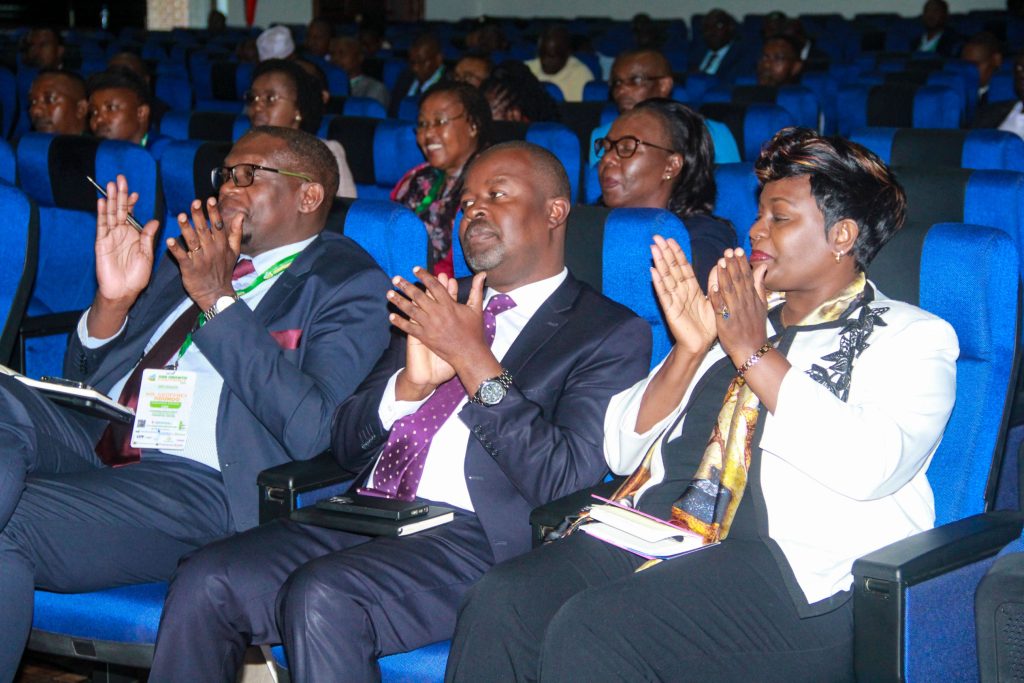
Counties primarily generate revenue from service fees such as property rates, trade licenses, liquor licensing fees, parking fees, hospital and public health services, and market trade centre fees, among others. If fully optimized, these revenue streams have the potential to collectively generate approximately KSh 260.6 billion in own source revenue (OSR) for counties.
“Health services are the best example. If doctors are not attending to patients, there are no consultation fees. If the pharmacies have no medicines to dispense, you cannot expect payments.
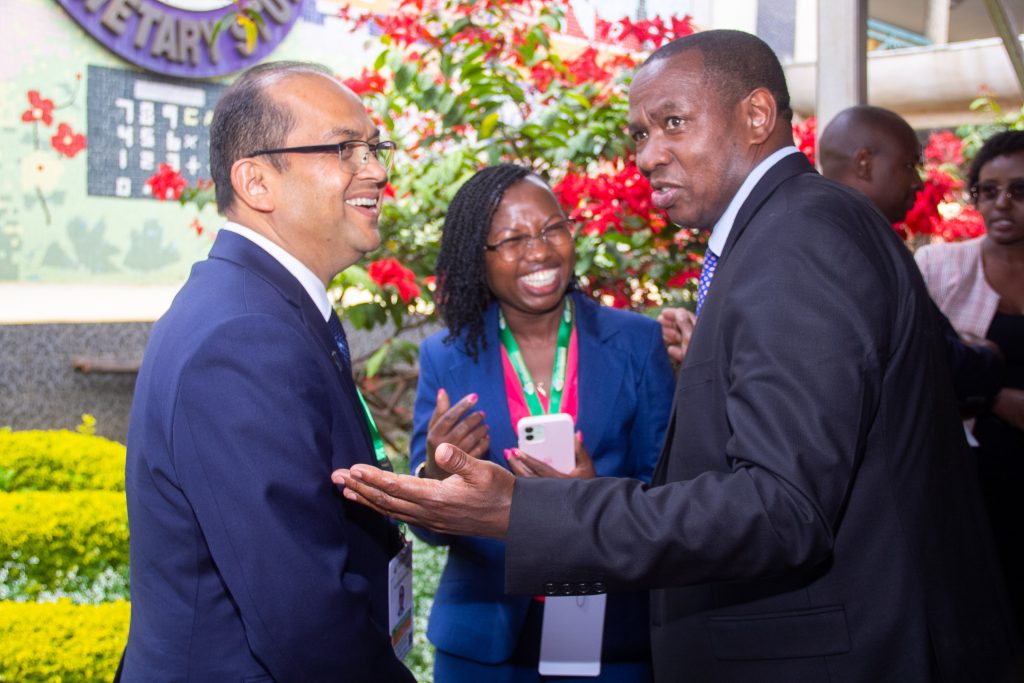
The same can be said of meat inspection,AI services, livestock movement permits etc.The solution is to ensure services are delivered efficiently and you will see what happens to revenue,” explains Muriithi.







